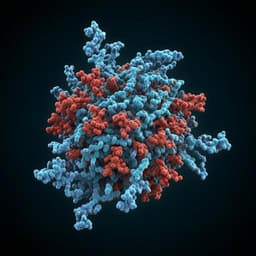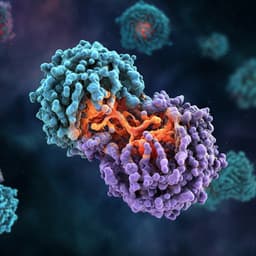
Medicine and Health
Discovery of sulfonamide-tethered isatin derivatives as novel anticancer agents and VEGFR-2 inhibitors
M. A. Shaldam, H. Almahli, et al.
Discover the potential of sulfonamide-tethered isatin derivatives as promising anticancer agents and VEGFR-2 inhibitors. This research, conducted by a team of experts, explores the synthesis, characterization, and biological evaluation of these compounds, including their cytotoxic effects on T47D cells and interactions with the VEGFR-2 receptor.
~3 min • Beginner • English
Related Publications
Explore these studies to deepen your understanding of the subject.







